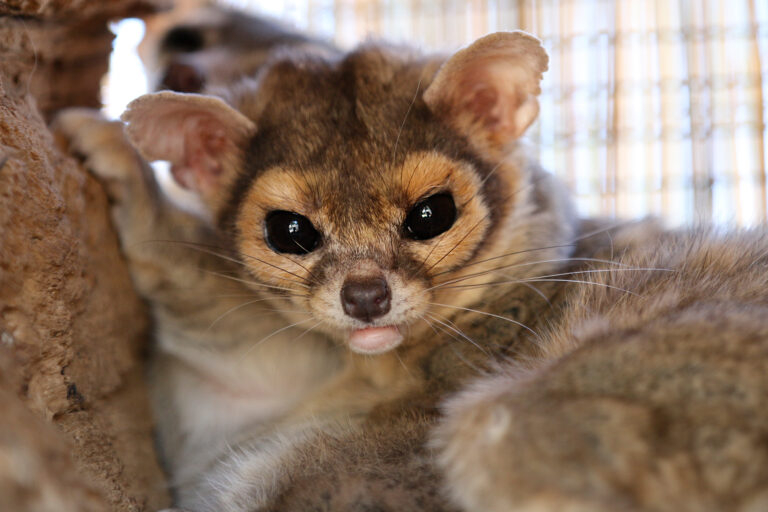Do Outdoor Cats Have A Better Life? 18 Key Differences From Indoor Cats
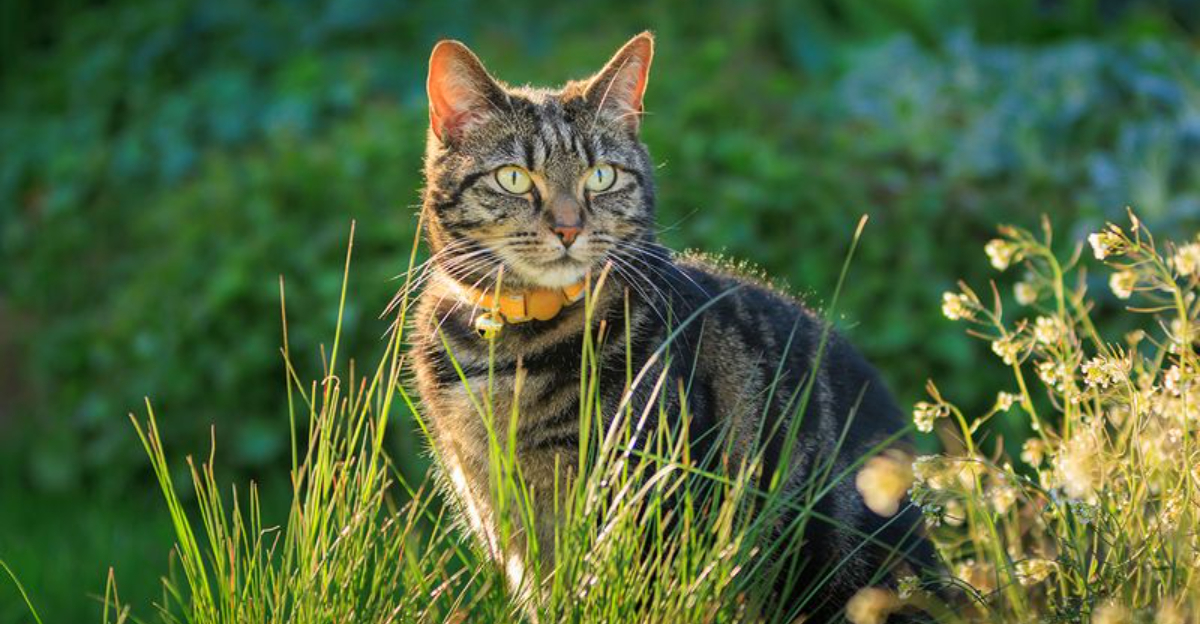
Ever wondered if your feline friend would be happier roaming the neighborhood instead of lounging on your couch?
The indoor versus outdoor cat debate divides pet owners worldwide, with passionate advocates on both sides. Let’s explore 18 key differences between these lifestyles to help you understand what each option means for your furry companion’s wellbeing.
1. Freedom To Explore
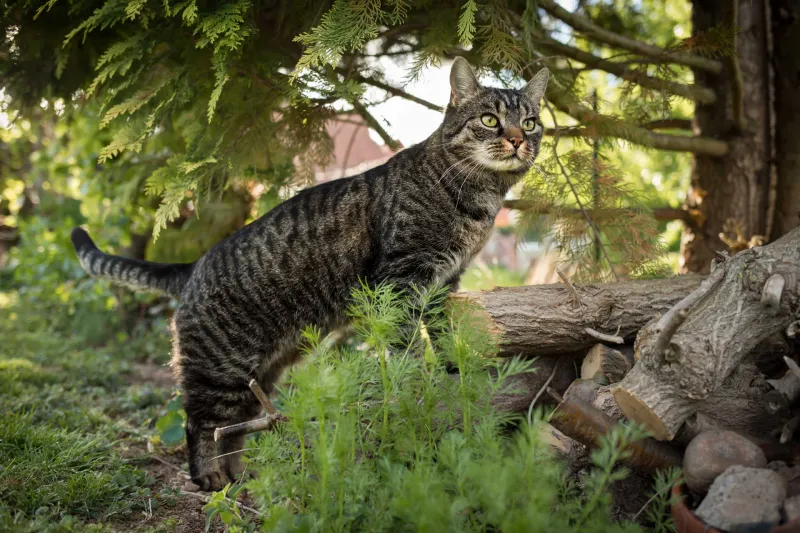
The great outdoors offers endless territory for curious cats to investigate. Fresh scents, changing landscapes, and new discoveries await around every corner.
This natural stimulation satisfies their instinctual need to patrol and explore. Indoor cats, however, must make do with the same rooms day after day.
2. Shorter Lifespan Risks
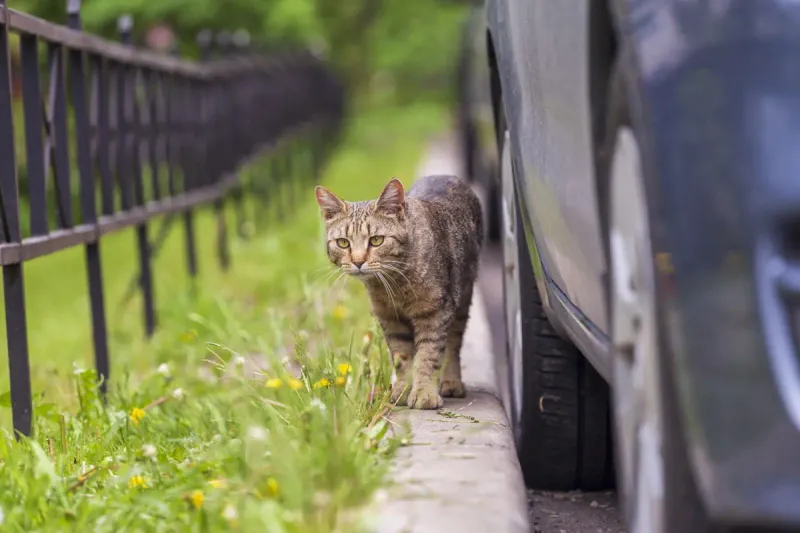
Rolling the dice with each outdoor adventure, free-roaming cats typically live 2-5 years less than their indoor counterparts.
Traffic accidents, predators, diseases, and cruel humans pose serious threats. While indoor cats miss certain experiences, their protected environment significantly extends their time with you.
3. Natural Hunting Opportunities
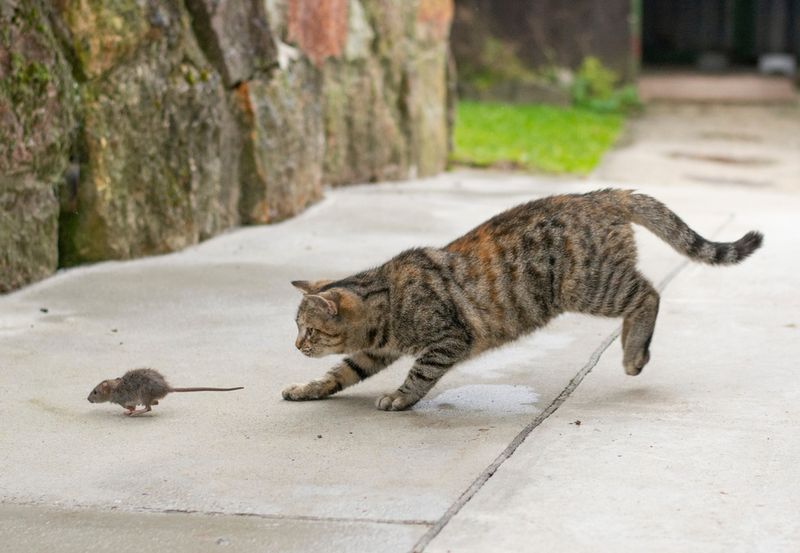
Pouncing on unsuspecting mice fulfills a primal instinct that toy mice can’t quite match. Outdoor cats exercise their natural hunting skills daily, engaging their bodies and minds in ways evolution designed.
Indoor cats often show these same behaviors with toys, but without the authentic thrill of the real chase.
4. Weather Vulnerability
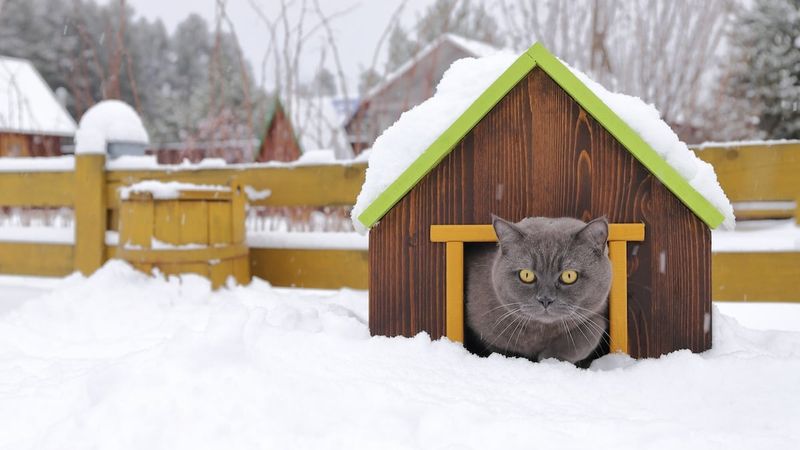
Sudden downpours, scorching heat waves, or freezing temperatures can catch outdoor cats off guard. Finding shelter becomes a life-saving priority during extreme weather events.
Meanwhile, indoor kitties enjoy climate-controlled comfort year-round, lounging in sunbeams without facing the harsh elements that nature delivers.
5. Social Interactions
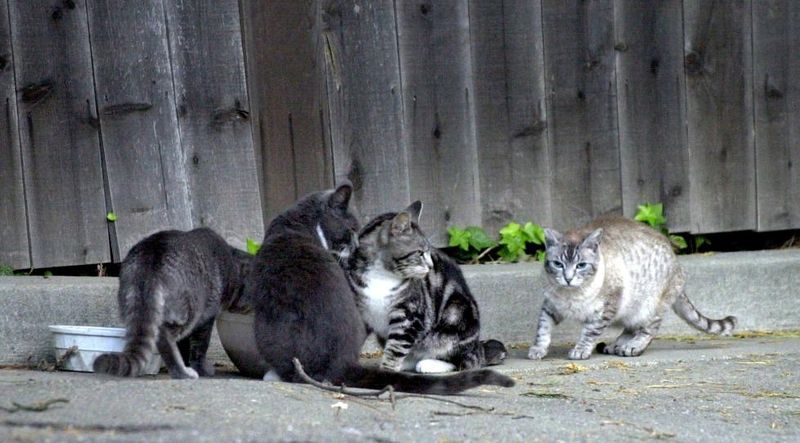
Neighborhood feline friendships (or rivalries) add complexity to an outdoor cat’s social life. They establish hierarchies, territories, and communication networks with other local cats.
Indoor cats rely solely on human family and possible pet companions for social stimulation, missing out on the broader feline community experience.
6. Parasite Exposure
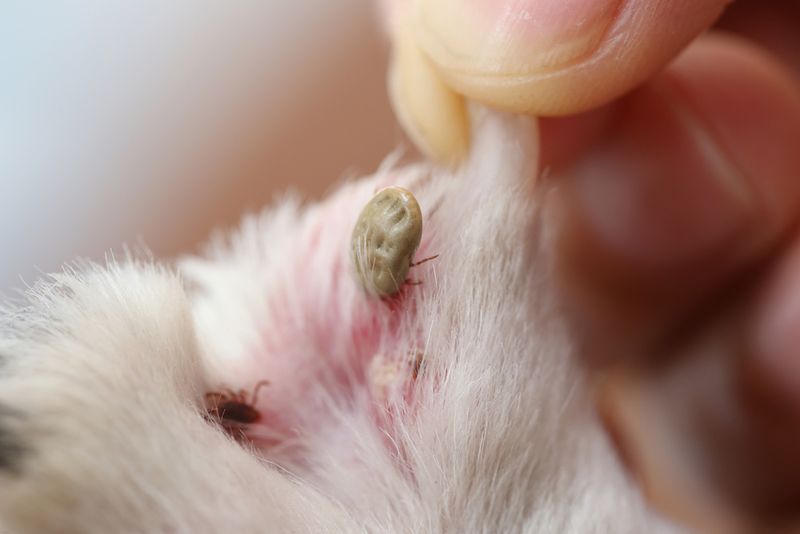
Creepy crawlies love hitching rides on exploring felines! Fleas, ticks, and intestinal worms frequently plague outdoor cats as they roam through various environments.
Regular preventative treatments become absolutely essential. Indoor cats face significantly lower parasite risks, though they’re not completely immune if humans bring unwanted guests inside.
7. Environmental Impact
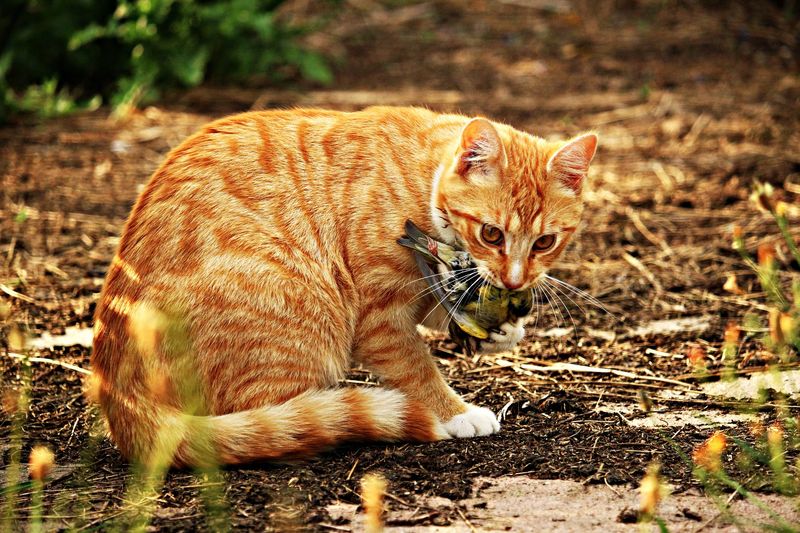
Bird enthusiasts often raise alarms about outdoor cats’ hunting habits. A single cat can catch dozens of birds annually, potentially threatening local wildlife populations.
Conservationists debate the ecological impact of these mini-predators on native species. Indoor cats leave wildlife unharmed while satisfying hunting urges through play instead.
8. Physical Fitness Differences
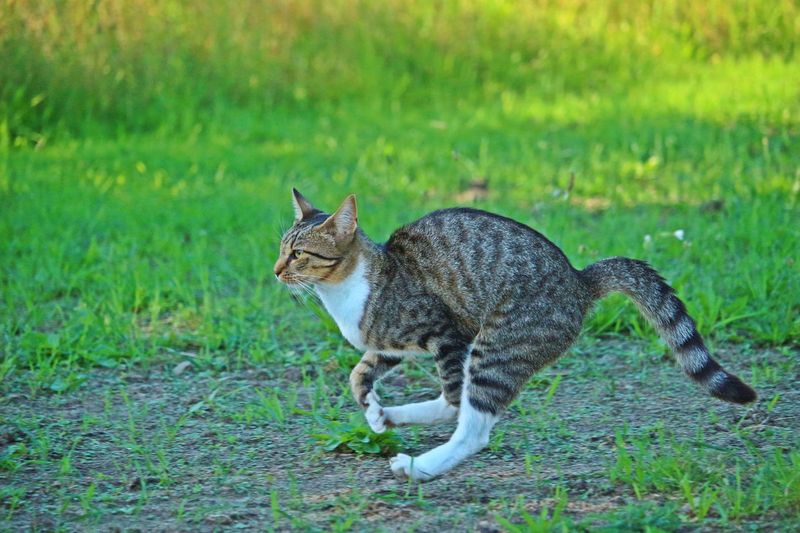
Marathon sprints across open fields keep outdoor cats naturally trim and muscular. Their daily adventures provide constant exercise that indoor environments struggle to replicate.
Indoor cats often need encouragement to stay active through interactive toys and play sessions. Without these interventions, they face higher risks of obesity and related health issues.
9. Disease Transmission Risks
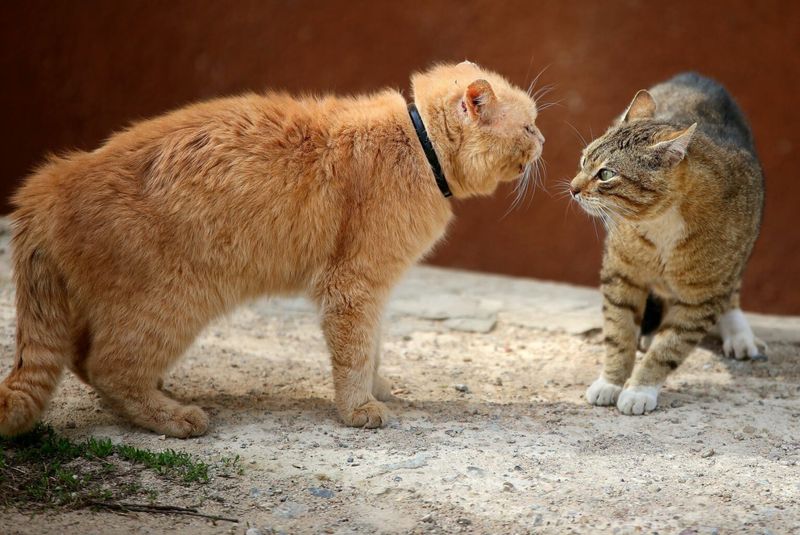
Feline immunodeficiency virus (FIV) and leukemia spread through cat fights and close contact. Outdoor cats regularly encounter these serious threats during territorial disputes.
Vaccinations provide some protection but can’t eliminate all risks. Indoor cats rarely face these specific diseases unless exposed to infected newcomers in multi-cat households.
10. Mental Stimulation Variations
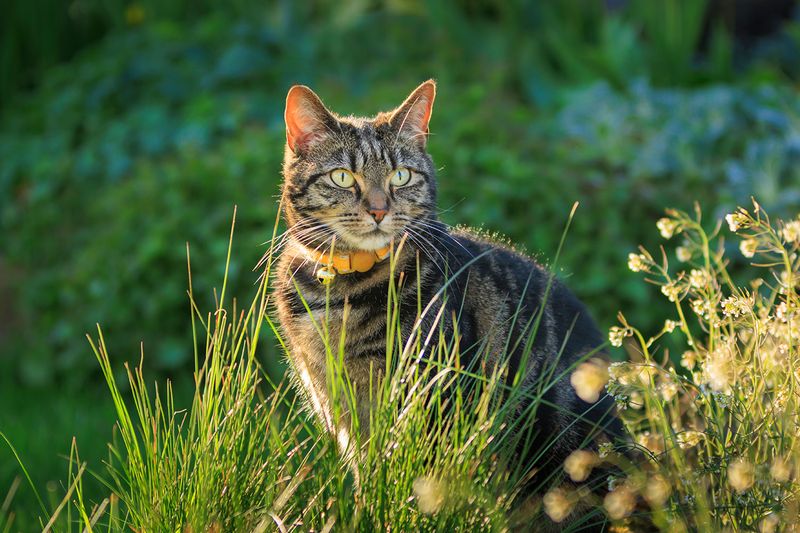
Ever-changing outdoor environments constantly engage a cat’s senses with new smells, sounds, and sights. This natural stimulation keeps their minds sharp through problem-solving and adaptation.
Indoor cats need human-provided enrichment to prevent boredom. Without proper stimulation, they may develop behavioral problems like excessive grooming or destructive habits.
11. Injury Frequency
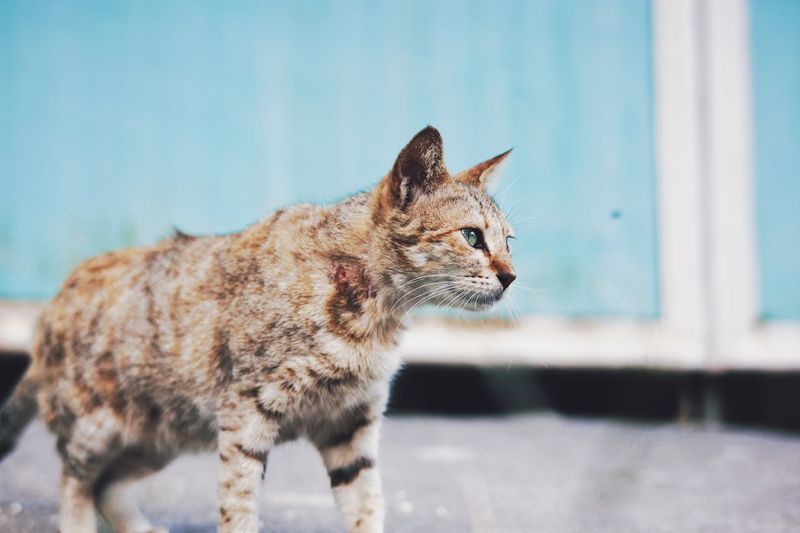
Battle scars tell tales of outdoor adventures gone wrong. Fights with other animals, accidents, and environmental hazards frequently send outdoor cats to the vet with injuries.
Torn ears, abscesses, and sprains become common occurrences. Indoor cats typically only face minor bumps from household mishaps, keeping their vet bills significantly lower.
12. Territorial Satisfaction
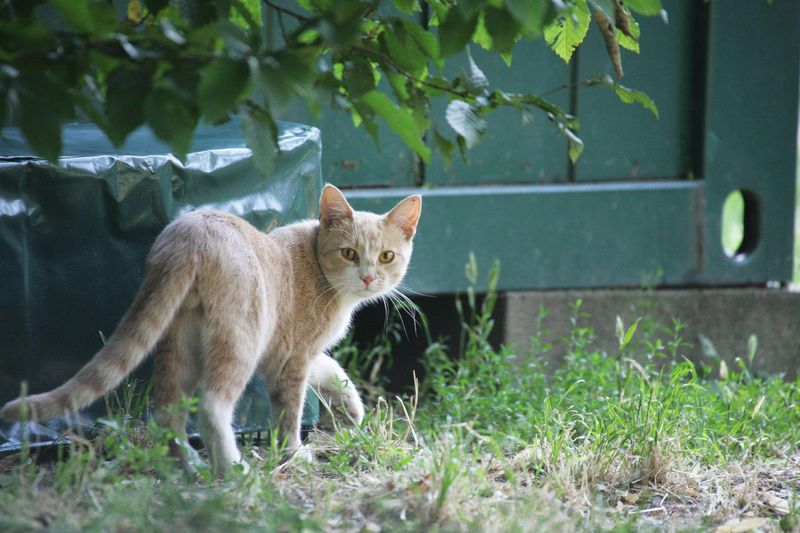
Marking and defending territory fulfills a deep-seated feline need. Outdoor cats establish complex territories they patrol regularly, leaving scent markers and visual cues for other animals.
Indoor cats adapt by creating smaller territories within the home, often claiming specific furniture or rooms as exclusively theirs. This scaled-down version still satisfies their territorial instincts.
13. Human Relationship Dynamics
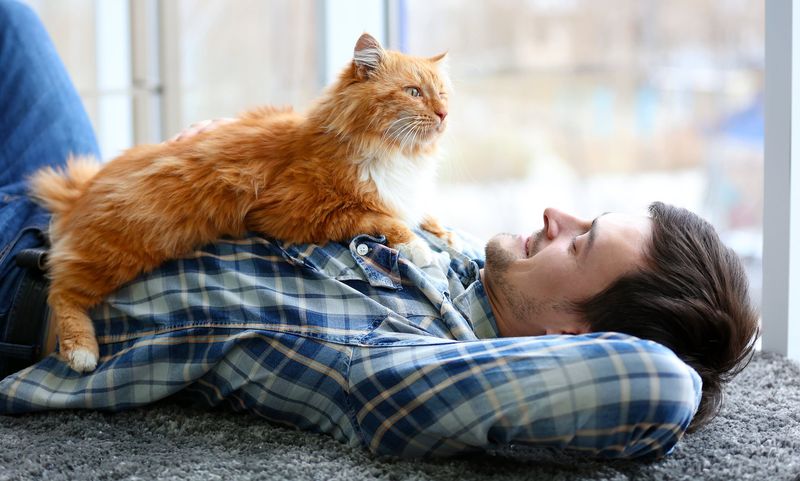
Independence defines many outdoor cats’ relationships with their humans. They often maintain some emotional distance, seeing people as providers rather than constant companions.
Indoor cats typically form closer bonds through continuous interaction. Their reliance on humans for entertainment, food, and affection creates deeper attachments and more vocal communication styles.
14. Dietary Differences
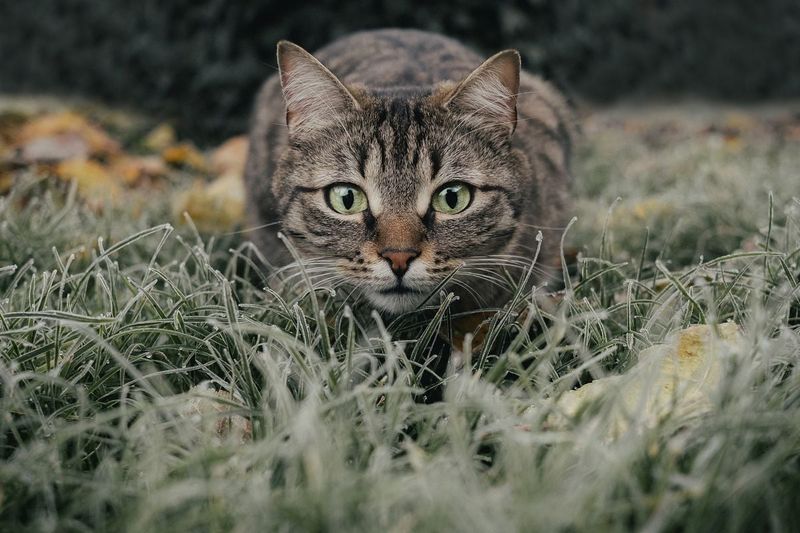
Supplementing store-bought kibble with fresh-caught meals gives outdoor cats varied nutrition. Their hunting success adds proteins and nutrients not found in commercial foods.
However, they also face risks from spoiled garbage, poisoned prey, or toxic plants. Indoor cats eat controlled diets with predictable nutritional content, helping prevent certain dietary health issues.
15. Neighbor Relations
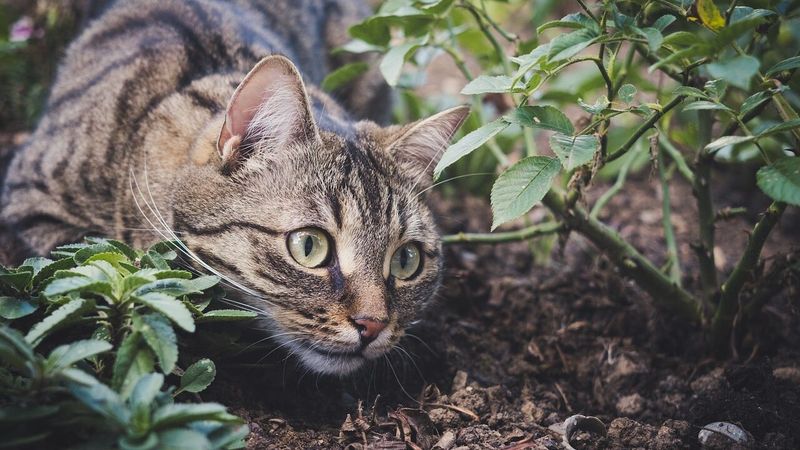
Unwelcome garden deposits can turn cat-loving neighbors into frustrated complainers. Outdoor cats don’t respect property lines, sometimes creating tension in communities when they dig in gardens or use sandboxes as litter boxes.
Indoor cats never cause neighborhood disputes, keeping their bathroom habits strictly within their own territory.
16. Sleep Pattern Variations
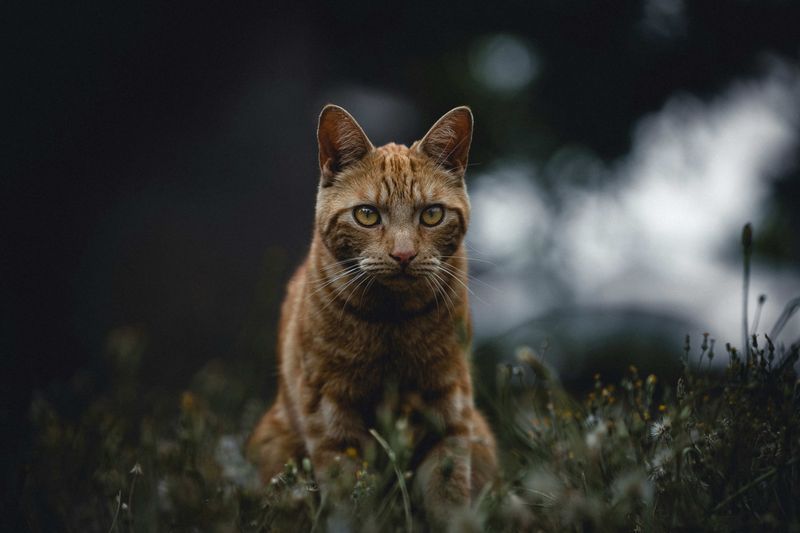
Moonlit adventures change an outdoor cat’s sleep schedule. They often become more nocturnal, following natural hunting rhythms that peak at dawn and dusk.
Indoor cats typically adapt to human schedules, becoming most active when their people are home. They enjoy multiple naps throughout the day, often sleeping 16-20 hours regardless of environment.
17. Getting Lost Possibilities
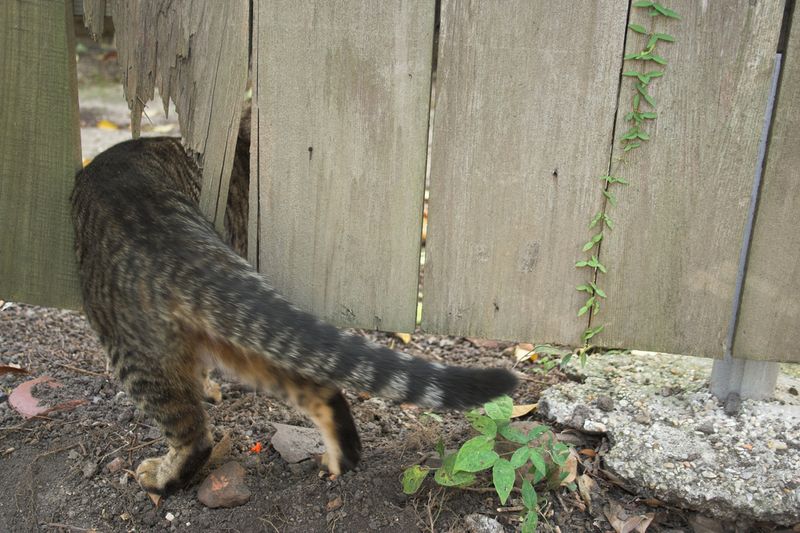
Curiosity sometimes leads outdoor cats far from familiar territory. Construction noises, unfamiliar dogs, or even strong storms can frighten them into unfamiliar areas.
Microchips and collars become essential safeguards against permanent separation. Indoor cats almost never face this heartbreaking possibility, remaining safely within known boundaries their entire lives.
18. Seasonal Behavior Changes
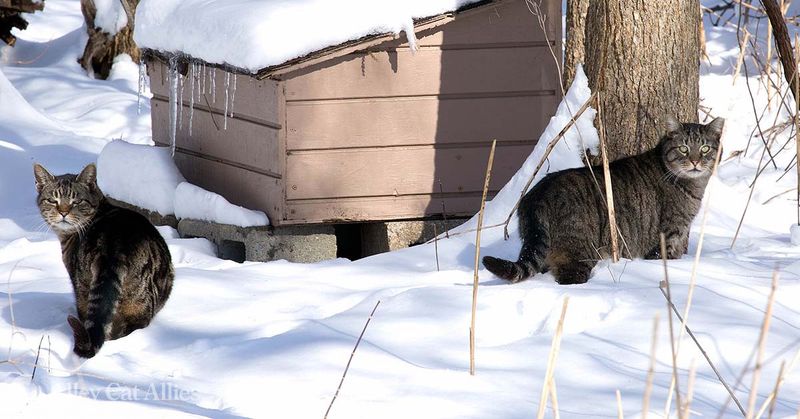
Winter’s chill drives outdoor cats to seek warm shelters and conserve energy. Their behavior shifts dramatically with the seasons – more hunting in spring, longer naps in summer heat, and increased food gathering in fall.
Indoor cats notice seasonal changes mainly through window views, maintaining consistent behavior patterns regardless of weather outside.




